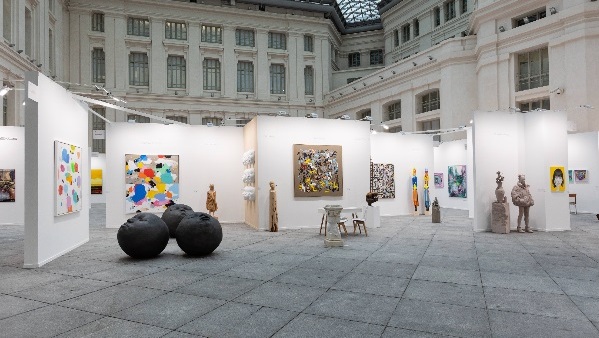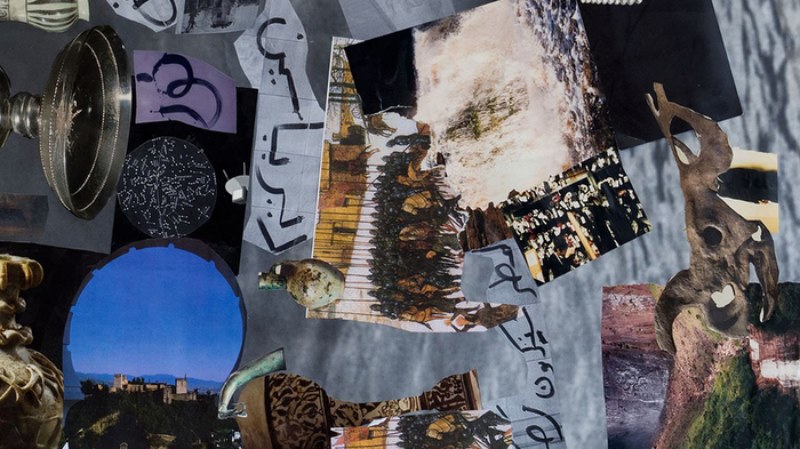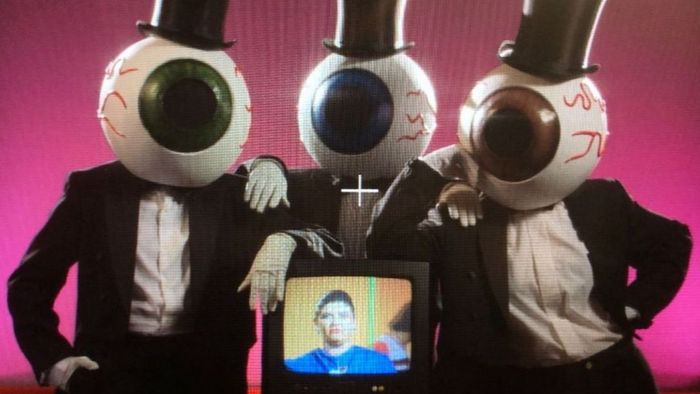(Boltanski in the 54th Art Biennial, Venice)
Artist Christian Boltanski, important figure in the international artistic sphere, will represent France in the 54th International Exhibition of Art at Venice Biennial (June 4 – November 27, 2011) with hisChance installation.
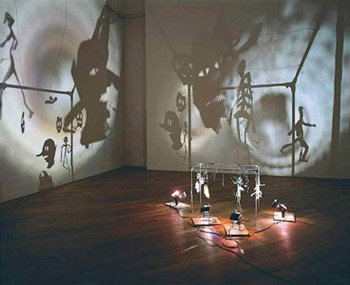 The work to be showcased in Venice is optimist and finds the center of its own reflection in the laws of chance and fate: the chance of birth against the chance of death. Is everything previously written and defined? What’s guiding our fates? Were the dice thrown from the very beginning? Is God present or absent?
The work to be showcased in Venice is optimist and finds the center of its own reflection in the laws of chance and fate: the chance of birth against the chance of death. Is everything previously written and defined? What’s guiding our fates? Were the dice thrown from the very beginning? Is God present or absent?
The artist has chosen Jean-Hubert Martin to be the commissioner of his Venetian installation, who is the honorary director of Georges Pompidou National Museum of Modern Art, Paris.
The 54th edition of this international exhibition supported by Commissioner Bice Curiger, Swiss historian and art critic. The slogan of this display is “ILLUMInations” for the biennial is one of the most important forums for spreading and promoting everything related to the evolution of contemporary art in the sphere of international art.
THE PAVILION OF FRANCE
Upon entering the Pavilion, visitors are invited to sit on wooden chairs. A voice whispers, every chair “speaks” a different language: Is this the last time? Message of hope? or Threatening piece of news?
The inside area of the pavilion showcases a conveyor belt that displays hundreds of pictures with children’s faces. The conveyor belt is randomly stopped and one of the faces gets illuminated. One child has been handpicked by chance. The system starts moving again, the faces keep on moving until another picture is selected, a new ring, a new child is handpicked by the laws of chance.
There is one meter with luminous figures in every lateral hall. The left sign counts in real time the births all over the world, while the right one counts the number of deaths. Every midnight, they give the results of the day. The birth counter always shows the higher figure. It’s a daily victory of life over death.
There is a huge mural work in the third hall which includes a monumental video screen with images of sliding faces. Visitors can use a switch to make a pause. The faces shown in three different pieces represent weird, baroque or grotesque persons, as if they were the result of a boundless imagination. If they are lucky and the three pieces of the image belong to the same face, they win the exhibited work.
Christian Boltanski was born in 1944. He was the son of a Christian mother and a Jewish father who became a Catholic, he grew up in the bosom of a middle-class and atheistic French family. During his childhood and adolescence, Boltanski found several learning and development possibilities. That’s how he got in touch with art, specially the world of painting, as he painted his own works (“naïf” most of them). 1967 was a significant year for his career: when he was 23 years old, he considered that he had already grown up, he was no longer an adolescent –according to his own words– so he stopped painting and started collecting elements, objects and pictures, and he definitely followed the non-pictorial expressive means.
With a self-taught training, Boltanski began working at the end of the minimalist period, what defined his work. A work to be built around some principles and questions: death, life, absence, disappearances, tricks.
His works are usually classified as installations that deal with the possibilities and fires of memory, personal as well as collective. Installations made up of different means and supports (newspapers, personal belongings, secondhand cloths, pictures, boxes...). His work is considered one of the most significant works from the postwar generation.
Further information: www.heymann-renoult.com
Related Publications
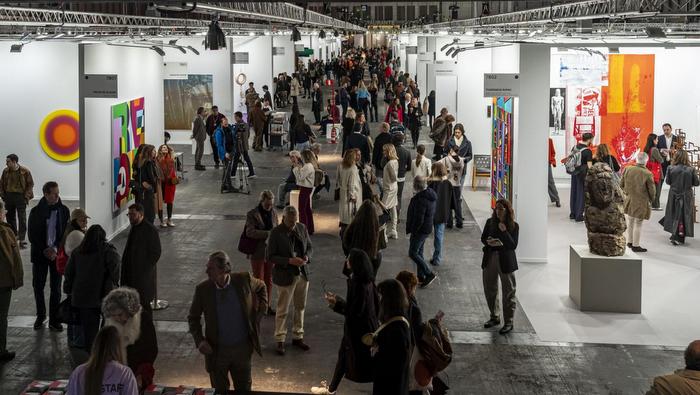
ARCOmadrid announces the participating galleries in its 45th edition
December 19, 2025